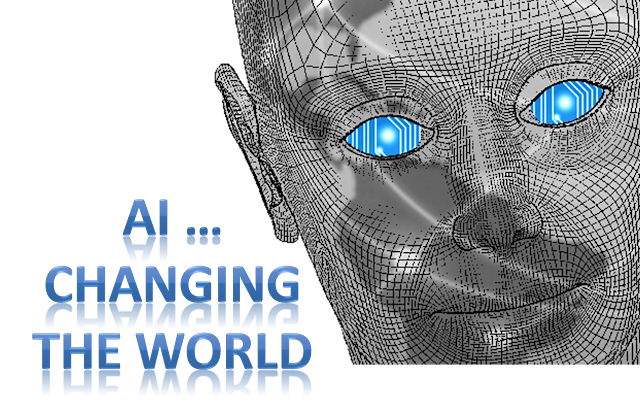Info re.global development of AI
Philip Alvelda
Researchers hope to develop a high-bandwidth, implantable neural interface to open the channel between the human brain and modern electronics brain computer.
Cyborgs that can connect directly to computers are the future, according to the US military.
Photograph: Maksim Kabakou / Alamy/Alamy
Samuel Gibbs - Wednesday 20 January 2016 12.21 GMT
The US government is researching technology that it hopes will turn soldiers into cyborgs, allowing them to connect directly to computers.
The US military’s Defense Advanced Research Projects Agency (Darpa) has unveiled a research programme called Neural Engineering System Design (NESD) which aims to develop an implantable neural interface, connecting humans directly to computers.
Human-computer interfaces are not a new research topic, but most have been hampered by slow, limited control, providing movement of robotic prosthetic or allowing humans to input text or similar into a computer by concentrating on certain feelings or thoughts of motions.
Phillip Alvelda, NESD manager for Darpa, said: “Today’s best brain-computer interface systems are like two supercomputers trying to talk to each other using an old 300-baud modem. Imagine what will become possible when we upgrade our tools to really open the channel between the human brain and modern electronics.”
At the moment, human-computer interfaces connect a large number of neurons at a time – somewhere between 100 and 1,000 - to a machine. Darpa aims to refine the technology so as to connect individual neurons. This would give much finer control, reduce noise and, in theory, speed up communications between a human and a computer.
The lofty goal will require breakthroughs in neuroscience, synthetic biology, low-power electronics, photonics, medical device manufacturing and packaging, as well as clinical testing, according to the research agency.
CHM Revolutionaries: DARPA Director Arati Prabhakar in Conversation with John Markoff
While anything funded via Darpa has the end goal of a military application, human-computer interfaces are currently standing in the way of advanced civil applications, not least the replacement of lost limbs, restoration of sight and other senses, as well as the control of disease.
See also : (ATAP) group at Google-owned Motorola Mobility
------------------------------------------------
Commentary:
Administrator
THE OTIUM POST
The NESD programme ties into the Brain Research through Advancing Innovative Neurotechnologies (Brain) initiative launched by Barack Obama in 2013, which pledged $100m towards research aiming to cure or help brain disorders and brain damage.
Forget smartwatches - smartclothes are the future, analysts say.
------------------------------------------------
See also : "Transhumanism" :>------------------------------------------------
See also : (ATAP) group at Google-owned Motorola Mobility
------------------------------------------------
Commentary:
Administrator


No comments:
Post a Comment